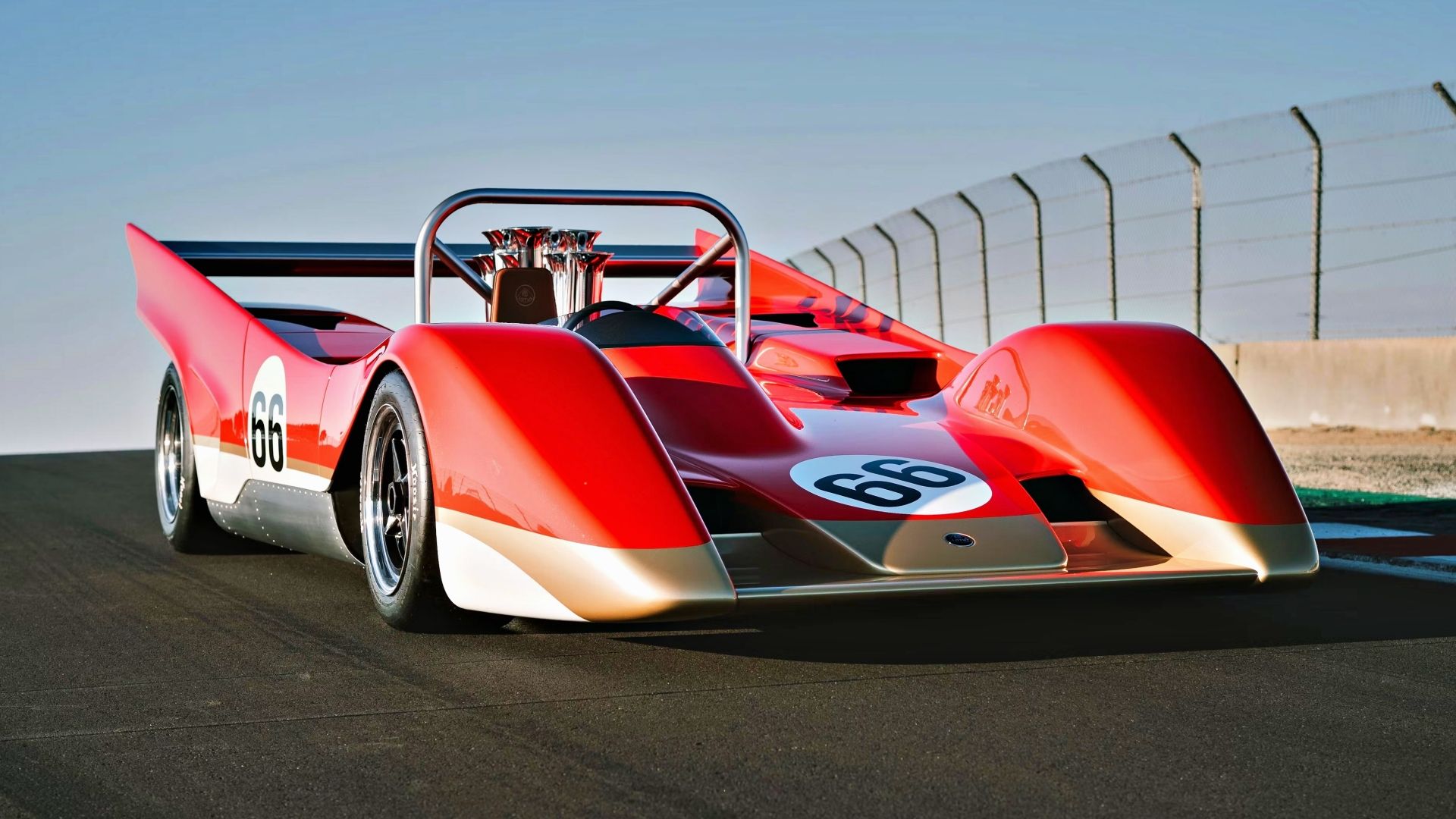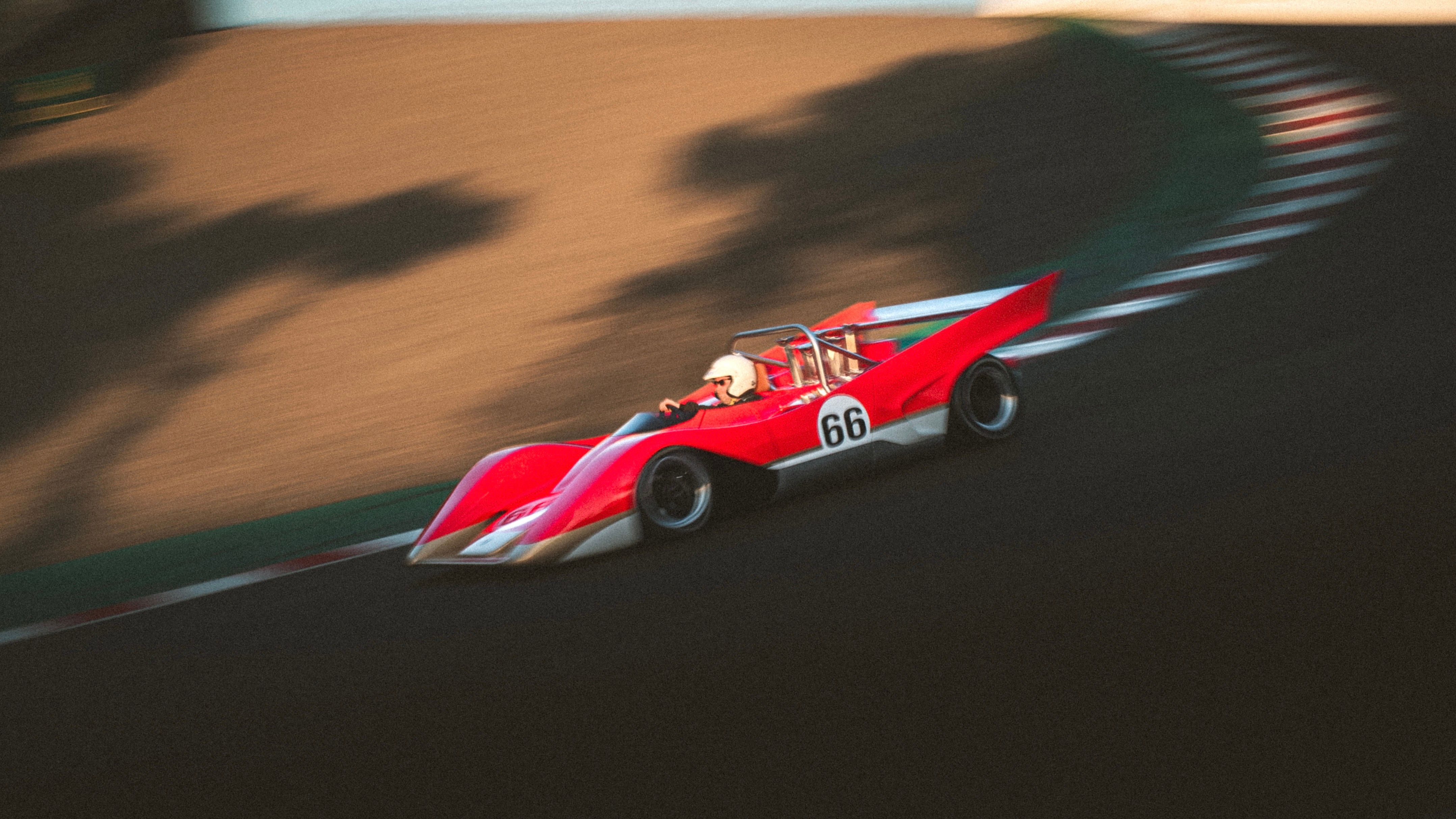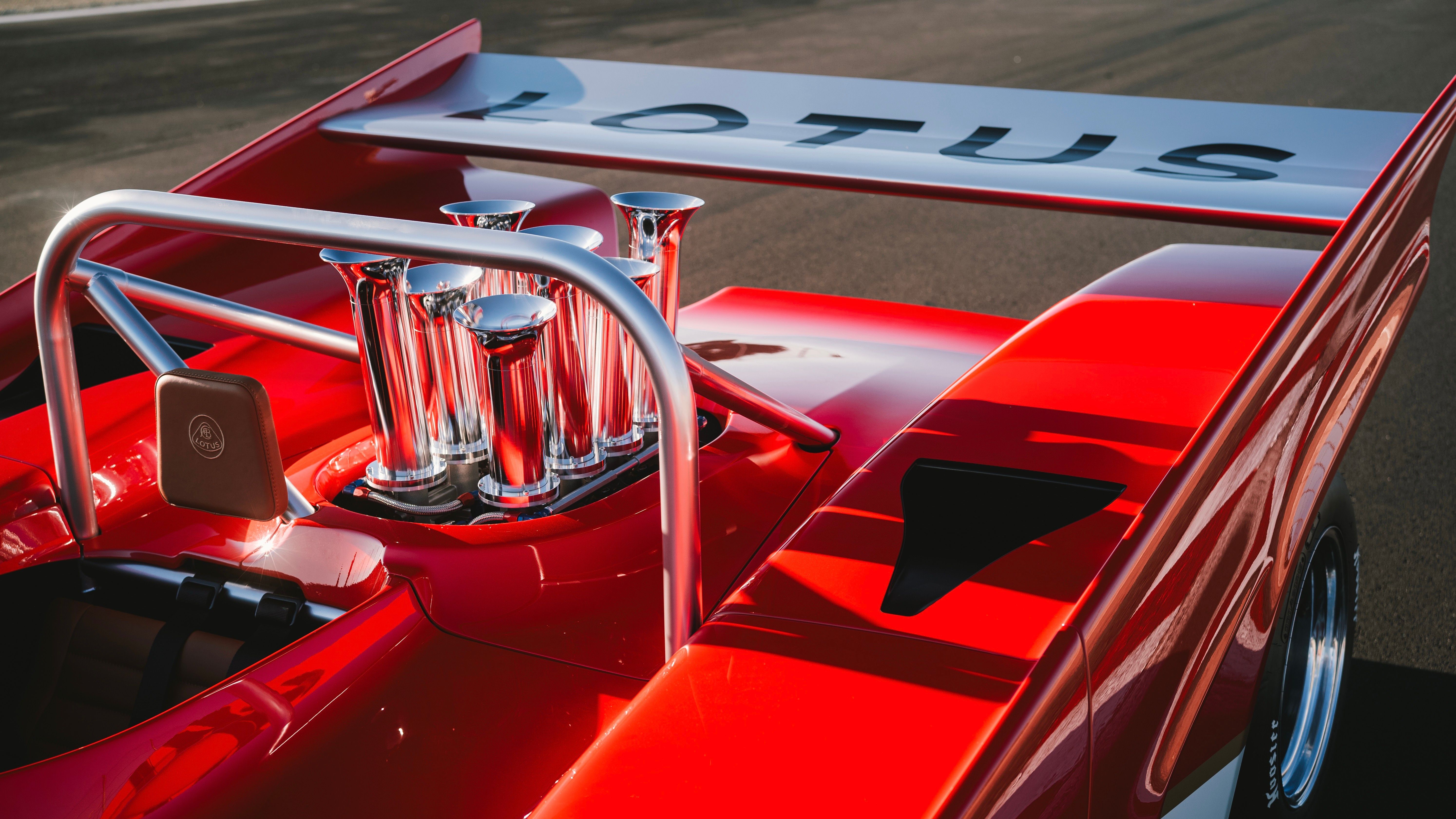Bringing Colin Chapman’s vision of a Lotus-designed Can-Am Series race car to life is the Type 66. Regarded as a, “lost Lotus track car”, Type 66 reimagines the V-8 racer as what could have been if the project had gained traction as a viable option. At the time Chapman was laser-focused on Formula 1, so resources weren’t spared for the original Type 66, and thus not a single example was produced.
Launched now, on their 75th anniversary, and 53 years after the concept was first designed, Lotus presents the fully finished product at this year’s Monterey Car Week event, “The Quail, A Motorsport Gathering”, in California. Lotus views the cars as not only a gift to themselves on this milestone anniversary but says it’s for the fans of Lotus racing.
Key Project Points:
- Ultra Limited Edition launched in conjunction with Clive Chapman, Lotus Founder, Colin Chapman’s son
- Rediscovered, and reimagined as a “Lost Lotus track car”
- 10 examples to be produced at the price of over one million British Pounds.
- Performance to match modern GT3 race cars
From None To 10
This will be an extremely low-volume car from Lotus allowing a few lucky individuals to have the chance to own a little piece of lost history back to life. There are to be just 10 examples created signifying the 10 races Type 66 would have competed in if it had been built in the 1970s. Type 66 is a track-only special edition that aims to combine historically valuable design with today’s cutting edge engineering.
A Step Away From F1, But Not A Big One
Debuting in red, white, and gold, Type 66 represents a livery inspired by the very heritage it’s based on, not unlike other Lotus liveries from the 1970s. Type 72, Lotus’ F1 car at the time would have stood by Type 66 as a dynamic race-dominating duo. The Executive Director of Lotus Advanced Performance, Simon Lane, explains the Type 66 was meant to take drivers back in time, reminiscent of motorsport design, sound, and theater of the 1970s, but with an increase in performance and, of course, safety.
Clive Chapman, the son of Colin, who now represents Classic Team Lotus as the Managing Director revealed original documents to the design team, a crucial step in bringing Type 66 into reality. He explains that Type 66 would borrow innovations previously developed on Type 72 such as side-mounted radiators aimed at reducing drag while simultaneously increasing downforce by better managing airflow. The unique tail of the car was influenced by Le Mans racers of the period, a feature chosen to aid in high-speed stability.
All Show, All Go
It wasn’t enough to just build a car from original Colin Chapman designs that looked the part. Lotus has employed extensive engineering efforts to make sure the Type 66 is as competitive of a race car, today, as it would have been innovative back in the 1970s. They, of course had to conform to certain safety regulations in order to put the car into production.
This meant very slightly modifying some components while retaining as much of the original design as possible. Changes included a revised driver compartment, internal fuel cell, and a more modern sequential transmission that does feature an anti-stall system. The body is fully made of carbon fiber. The Can-Am style intake “trumpets” aren’t just for show either, they play a role in smoothing out the intake air, and making more power.
Lotus says aero plays a significant part in the Type 66 story as it has in its 75-year history. 1,000+ hours of computational fluid dynamics have gone into the project giving Type 66 a downforce of over 1760 pounds of downforce at 150 miles per hour, a substantial leap over what would have been possible from the original. Simulations suggest Type 66 would be as quick or quicker around some of the world’s most famed racing circuits than modern GT3 cars.
So what about the engine? Well, it's a period-correct push-rod V-8 producing a very healthy 830 brake horsepower at a stellar 8,800 rpm. 550 pounds-feet of torque come into play at 7,400 rpm. The chassis is, again, period correct with extruded aluminum, bonded joints, and aluminum honeycomb sections. Lotus once again modernized the experience by adding an electronic power steering, a modern gearbox (with reverse gear), ABS, and a roll bar. Type 66 will proudly be displayed on the Concept Lawn at this year’s Pebble Beach Concours d’Elegance.



